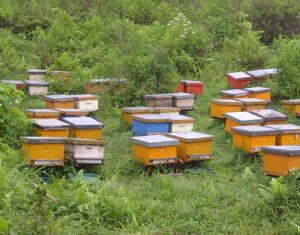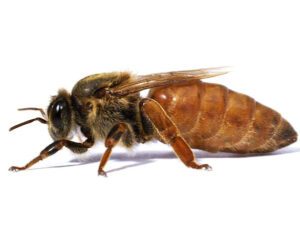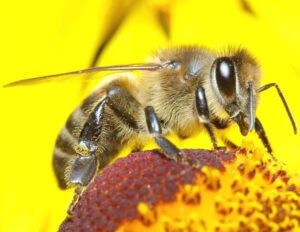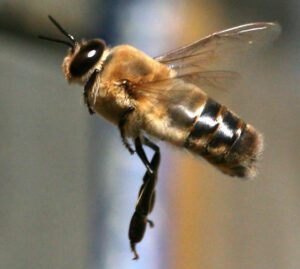Learning about honey bee life cycle is important, especially if you are willing to start bee farming business. Honey bee is a valuable insect with hindwings. Their life cycle completed through four steps.
This steps are egg, larvae, pupa and adult. According to the history of bees life, every beehive consists of a queen, few drones and rest are the worker.
During breeding period before starting the life cycle of a bee, the queen bee fly away in the sky. She met with a drone while flying. The queen bee fly continuously by spreading its wings. Almost all drone remain flying behind the queen.
This type of flying is called naptial flying. While flying, the drone which reach the queen first, met with her. After mating the drone die. After that the queen met with some other drone, collects sperm from them and store in her spermatheca.
After mating with several drones she returns to her hive and starts laying eggs within 1-2 days. The first steps of the life cycle of a honey bee starts from the eggs.
Honey Bee Life Cycle
The four steps of honey bee life cycle are shortly described below.
Egg
A queen bee lays about 300-1000 eggs daily. Most of those eggs are fertile and rest are infertile. Eggs are tiny and slightly pink or white colored. Eggs are longish and tubular.
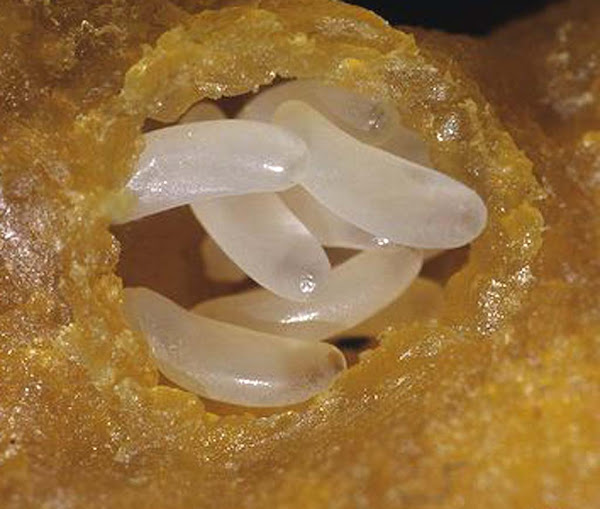
The queen does not fertile some eggs. The drone come from those infertile eggs and the queen keeps them to her nearest chamber. She keeps the fertile eggs in the chamber of worker bee.
Larvae
In favorable environment the larvae comes from the eggs within 3-4 days. Those larvae are very tiny and they has no eye, leg and wings. They are called grub. They starts eating food after coming from the eggs.
But they don’t take food by themselves. Worker bees feed them. Young worker bees (which are also called nurse bee) feed the larvae royal jelly which is produced from the emission of hypopharyngeal and maxillary gland of nurse bee.
After that they feed the larvae one type of bread (honey bread). Only the larvae of queen bee eat royal jelly throughout the life.
A nurse bee spends about 21 minutes to feed a larva for once. When the larvae take food, there are differences in the amount of royal jelly in the list of their food. 25 mg royal jelly is allotted for the larvae of fertile eggs, 10.5 mg for the larvae of infertile eggs and 325 mg for the larvae of queen bee.
Every larvae eat royal jelly for 7 days. Within this time they moult for several times and become big in size. After 6-7 days they turned to pupa and the larvae stops eating.
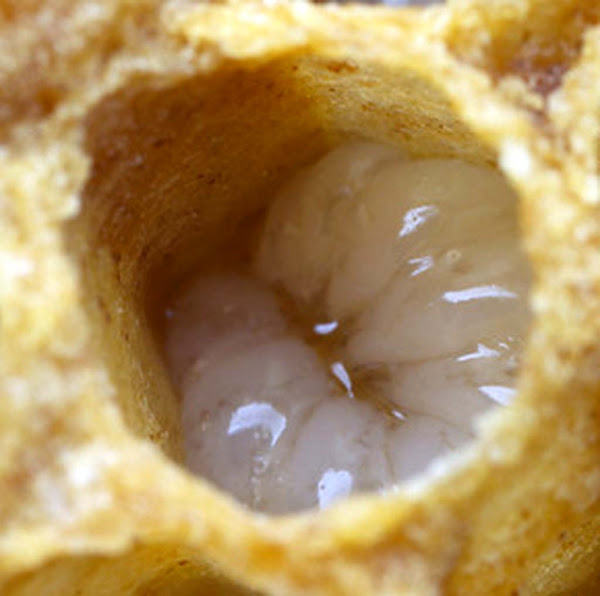
The worker bee fill the chamber of larvae with honey and pollen nectar. After that they close the chamber with wax (ejected from their abdomen).
Pupa
The life of a larvae inside the chamber is called pupa. They stay inside the closed chamber. The liquid material ejected from the mouth of pupa makes incomplete cocoon.
The pupa period for queen bee is 7-8 days, worker bee 12-13 and 14-15 days for drone bees. In this period many transformation can be seen in the body of pupa. Wings, legs, eyes and other parts of the body grow in this time.
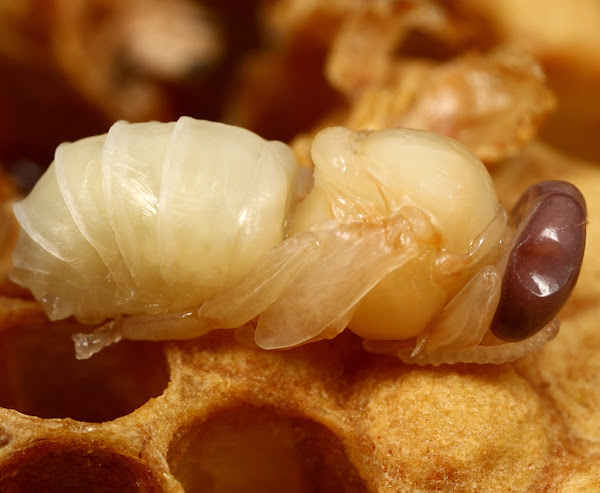
During this time pupa turned to a complete insect. They come out from the chamber by cutting the wax cover with their mandible.
Adult

The pupa turned out to mature or adult bee from inside the cocoon. A bee become adult through modification. It takes about 20 days to turn from pupa to adult. After that they stay in the hive for 2-3 weeks.
An adult bee survive for a certain period. A queen bee survive about 3-5 years, drone 1-3 years and the worker 2-3 months.


